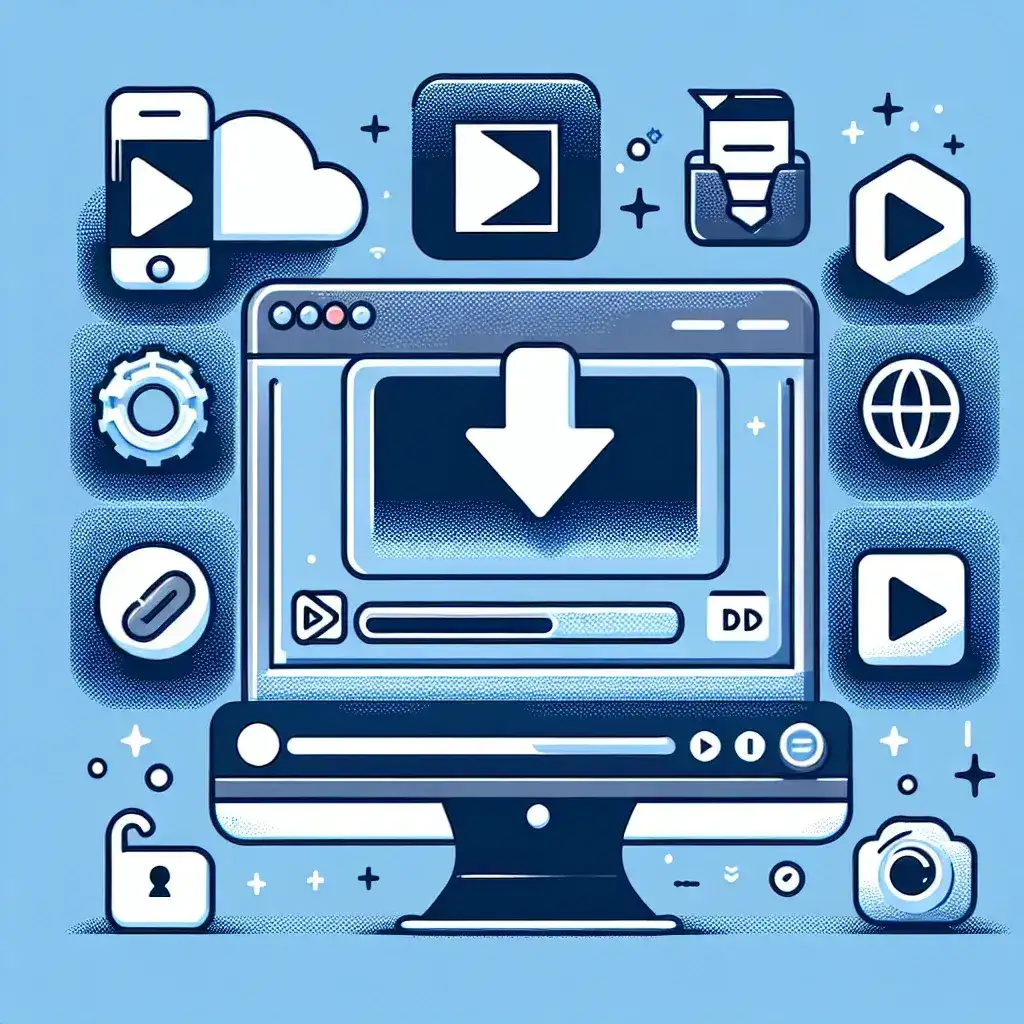Introduction
In today’s fast-paced digital landscape, effective communication is paramount, especially in business settings. Grammarly Business has always been at the forefront of enhancing written communication through its powerful writing assistant. Now, with the rollout of its tone adaptation AI, the platform is set to redefine how businesses convey messages, fostering collaboration and improving workplace dynamics.
The Evolution of Grammarly Business
Since its inception, Grammarly has aimed to enhance writing clarity and correctness. The introduction of Grammarly Business was a significant step in catering to organizations, allowing teams to communicate more effectively. Over the years, it has evolved from simple grammar checks to a comprehensive writing assistant that integrates seamlessly into various platforms.
What is Tone Adaptation AI?
Tone adaptation AI is an advanced feature that analyzes the tone of written content and offers suggestions to align it with the intended audience or context. Whether it’s a formal report, a casual email, or a persuasive presentation, this AI adaptation ensures that the tone matches the message’s purpose.
How Tone Adaptation Works
The technology behind tone adaptation involves sophisticated algorithms that assess multiple elements of writing, including word choice, sentence structure, and contextual relevance. By comparing these elements against a vast database of writing samples, Grammarly can suggest modifications that enhance tone without sacrificing meaning.
Benefits of Tone Adaptation AI
1. Enhanced Clarity in Communication
One of the most significant advantages of tone adaptation is the clarity it brings to communication. By ensuring that the tone is appropriate for the message, teams can avoid misunderstandings. For instance, a provider communicating with clients can adopt a warm and professional tone, fostering trust and rapport.
2. Increased Productivity
With tone adaptation, employees spend less time revising messages to find the right wording. The AI provides real-time suggestions, allowing professionals to focus on content rather than getting bogged down by tone issues. This efficiency leads to quicker decision-making and smoother workflows.
3. Fostering Collaboration
A team that communicates well is more likely to collaborate effectively. The tone adaptation feature helps maintain a cohesive voice across different departments, ensuring that everyone is on the same page. This uniformity not only strengthens internal communications but also enhances external interactions with clients and stakeholders.
Real-World Applications
Case Study: Enhancing Internal Emails
Consider a scenario in a tech company where engineers send out updates on project statuses. Often, technical jargon can alienate non-technical team members. By utilizing tone adaptation, these engineers can adjust their emails to be more inclusive, ensuring that all team members understand the progress and any challenges faced.
Case Study: Client Engagement
In a marketing agency, client interactions often dictate project success. By adapting the tone of proposals and feedback, teams can create a more inviting atmosphere that encourages client engagement. Grammarly’s tone adaptation ensures that the communication is not just about delivering information but also about building relationships.
Future Predictions for Tone Adaptation AI
As technology continues to evolve, the capabilities of tone adaptation will likely expand. Experts predict that future iterations will incorporate deeper sentiment analysis, allowing for even more nuanced tone suggestions. Additionally, with the integration of machine learning, the AI will learn from user preferences, tailoring its suggestions to individual writing styles.
Pros and Cons
Pros
- Improves Communication: Clear and tailored messages reduce the chances of misunderstandings.
- Saves Time: Real-time suggestions streamline the writing process.
- Enhances Team Cohesion: A consistent tone fosters a united company culture.
Cons
- Over-reliance on AI: Employees might become dependent on AI suggestions, potentially stifling creativity.
- Context Limitations: The AI may not always grasp the intricacies of specific contexts, leading to suggestions that miss the mark.
Conclusion
The launch of Grammarly Business’s tone adaptation AI marks a significant milestone in the evolution of workplace communication tools. By enhancing clarity, productivity, and collaboration, this feature empowers teams to convey their messages effectively while fostering stronger relationships both internally and externally. As businesses continue to adapt to the digital age, tools like Grammarly will play a crucial role in ensuring that communication remains a cornerstone of success.





Leave a Reply